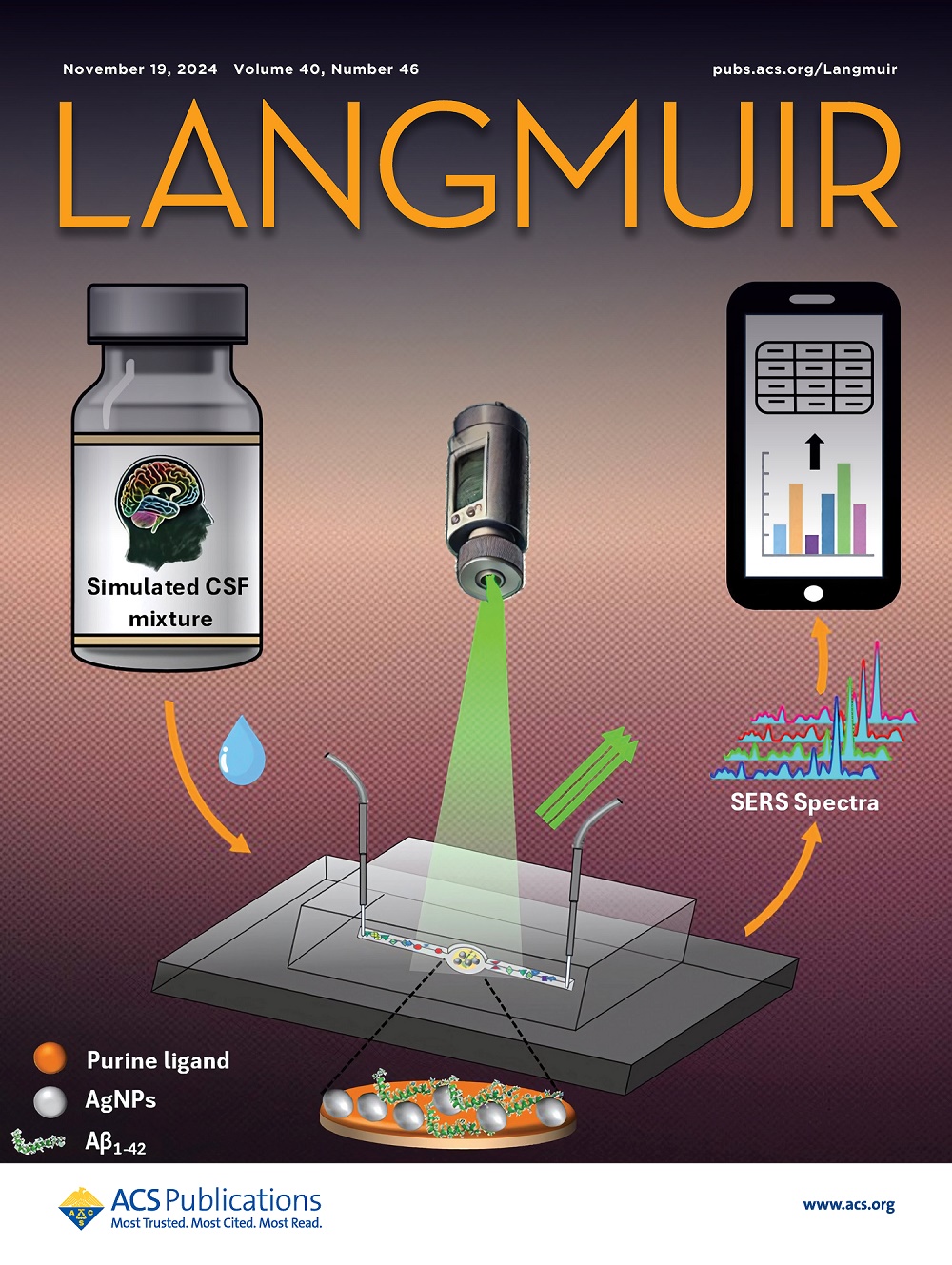Synthesis of Co-Doped In2O3 Hierarchical Porous Nanocubes for High-Performance Hydrogen Sulfide Sensors
IF 3.9
2区 化学
Q2 CHEMISTRY, MULTIDISCIPLINARY
引用次数: 0
Abstract
Recently, because of the urgent need for safety and health protection, there has been a growing focus on exploring effective and feasible gas sensors based on metal oxide semiconductors (MOSs) for detecting trace levels of hydrogen sulfide (H2S). In this context, a cobalt (Co) doping strategy was proposed to improve the H2S-sensitive properties of In2O3 nanomaterials, enabling them to monitor 1 ppm of H2S at a relatively lower temperature. The Co-doped In2O3 hierarchical porous nanocubes (Co–In2O3 HPNCs) were prepared through a hydrothermal route using In(OH)3 as a precursor. When utilized as a sensing material to detect H2S, the Co–In2O3 HPNCs demonstrated significant enhancements compared to pure In2O3. These enhancements include a reduction in the operating temperature (260 vs 300 °C), a significant increase in response (36.99 vs 12.28 for 20 ppm of H2S), and better selectivity (13.21 vs 3.07 times to ethanol). Even to 1 ppm of H2S, the Co–In2O3 sensor can give a response value of 1.86, highlighting its substantial potential for detecting H2S at the limit of detection (LOD) of 1 ppm. A detailed analysis of the multiple sensitization effects of Co doping reveals that these improved H2S sensing characteristics of Co–In2O3 HPNCs can be primarily traced back to three factors, namely, an increased oxygen vacancy concentration, a narrowing of the bandgap, and an upward shift of the Fermi level.

用于高性能硫化氢传感器的共掺杂In2O3分层多孔纳米立方的合成
近年来,由于安全和健康保护的迫切需要,探索基于金属氧化物半导体(MOSs)的有效可行的气体传感器来检测痕量硫化氢(H2S)的研究日益受到关注。在这种情况下,提出了一种钴(Co)掺杂策略来改善In2O3纳米材料的H2S敏感性,使其能够在相对较低的温度下监测1ppm的H2S。以In(OH)3为前驱体,通过水热法制备了共掺杂In2O3层次化多孔纳米立方体(Co-In2O3 hpnc)。当用作检测H2S的传感材料时,与纯In2O3相比,Co-In2O3 hpnc表现出显著的增强。这些改进包括降低工作温度(260°C vs 300°C),显著提高响应(20 ppm H2S下36.99 vs 12.28),以及更好的选择性(对乙醇的选择性为13.21 vs 3.07倍)。即使是1 ppm的H2S, Co-In2O3传感器也能给出1.86的响应值,突出了其在1 ppm的检测限(LOD)下检测H2S的巨大潜力。通过对Co掺杂的多重增敏效应的详细分析表明,Co - in2o3 hpnc对H2S传感特性的改善主要归因于三个因素,即氧空位浓度的增加、带隙的缩小和费米能级的向上移动。
本文章由计算机程序翻译,如有差异,请以英文原文为准。
求助全文
约1分钟内获得全文
求助全文
来源期刊

Langmuir
化学-材料科学:综合
CiteScore
6.50
自引率
10.30%
发文量
1464
审稿时长
2.1 months
期刊介绍:
Langmuir is an interdisciplinary journal publishing articles in the following subject categories:
Colloids: surfactants and self-assembly, dispersions, emulsions, foams
Interfaces: adsorption, reactions, films, forces
Biological Interfaces: biocolloids, biomolecular and biomimetic materials
Materials: nano- and mesostructured materials, polymers, gels, liquid crystals
Electrochemistry: interfacial charge transfer, charge transport, electrocatalysis, electrokinetic phenomena, bioelectrochemistry
Devices and Applications: sensors, fluidics, patterning, catalysis, photonic crystals
However, when high-impact, original work is submitted that does not fit within the above categories, decisions to accept or decline such papers will be based on one criteria: What Would Irving Do?
Langmuir ranks #2 in citations out of 136 journals in the category of Physical Chemistry with 113,157 total citations. The journal received an Impact Factor of 4.384*.
This journal is also indexed in the categories of Materials Science (ranked #1) and Multidisciplinary Chemistry (ranked #5).
 求助内容:
求助内容: 应助结果提醒方式:
应助结果提醒方式:


